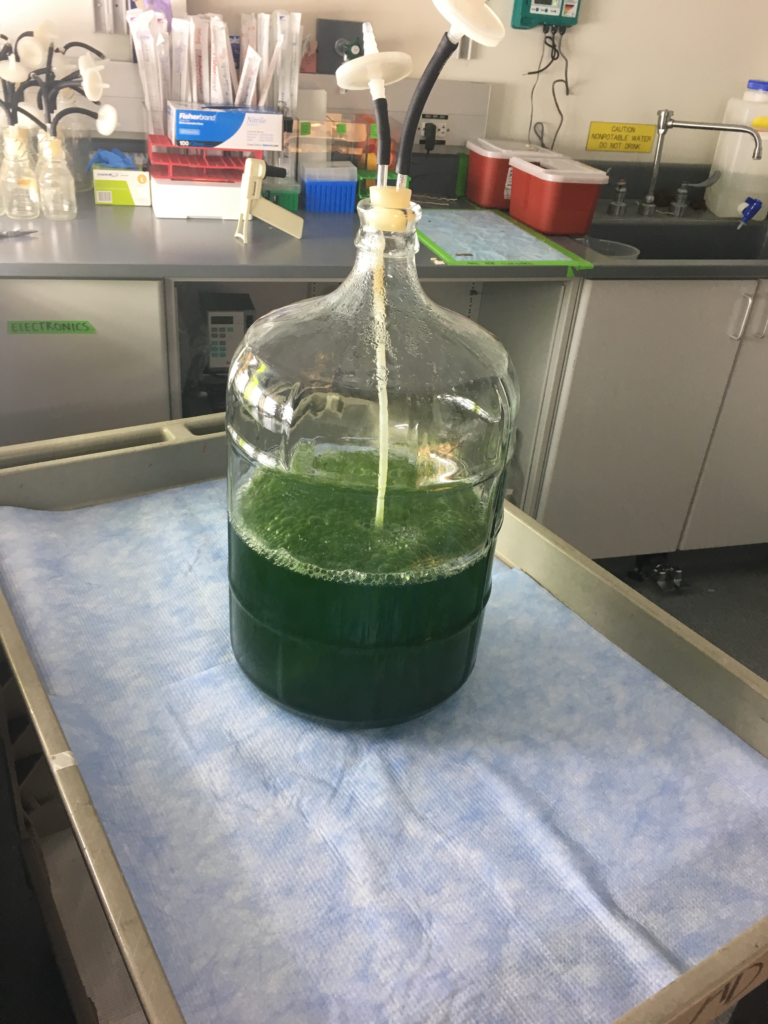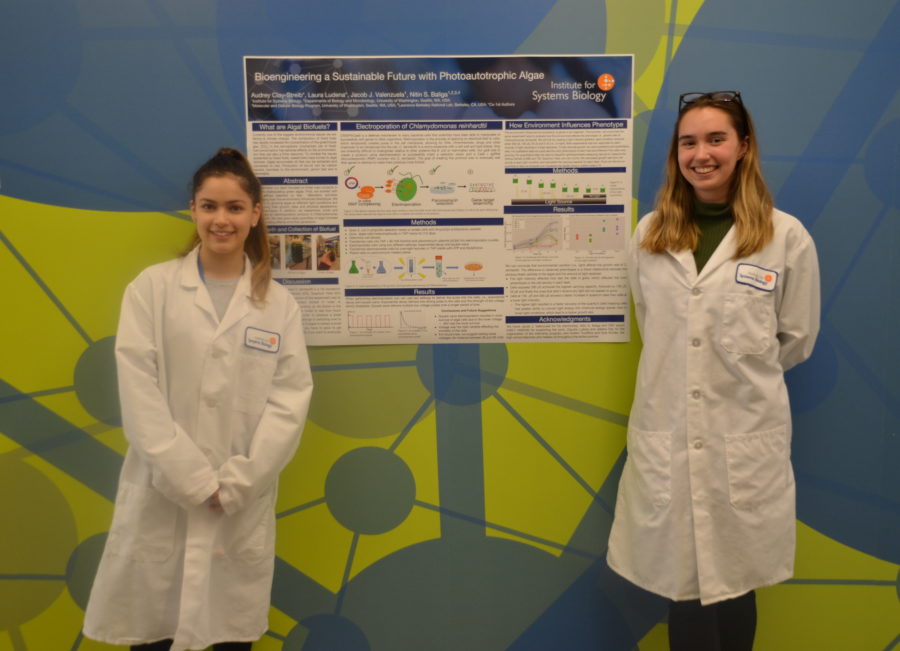 Laura and Audrey with their final poster
Laura and Audrey with their final poster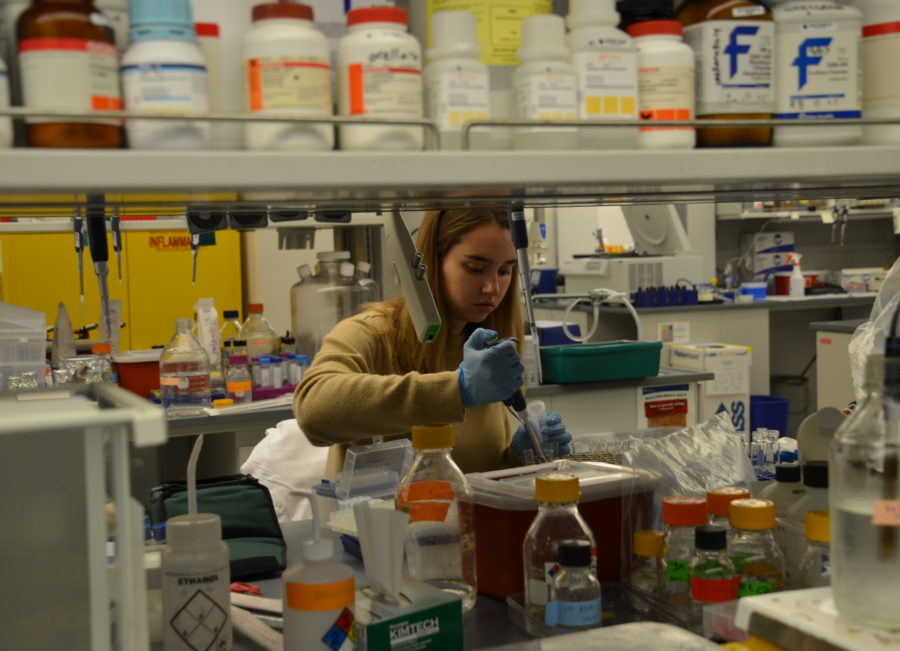
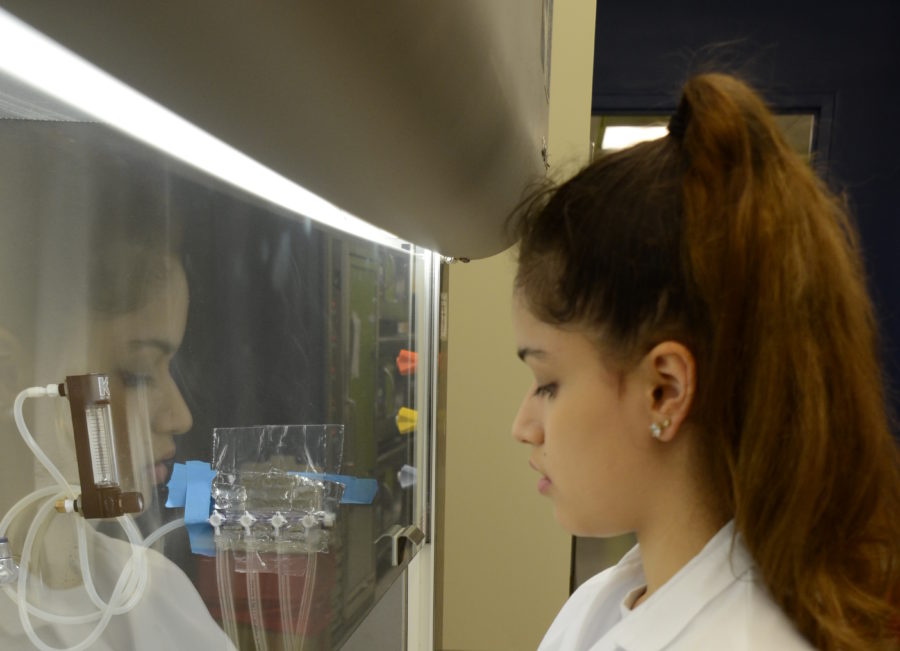
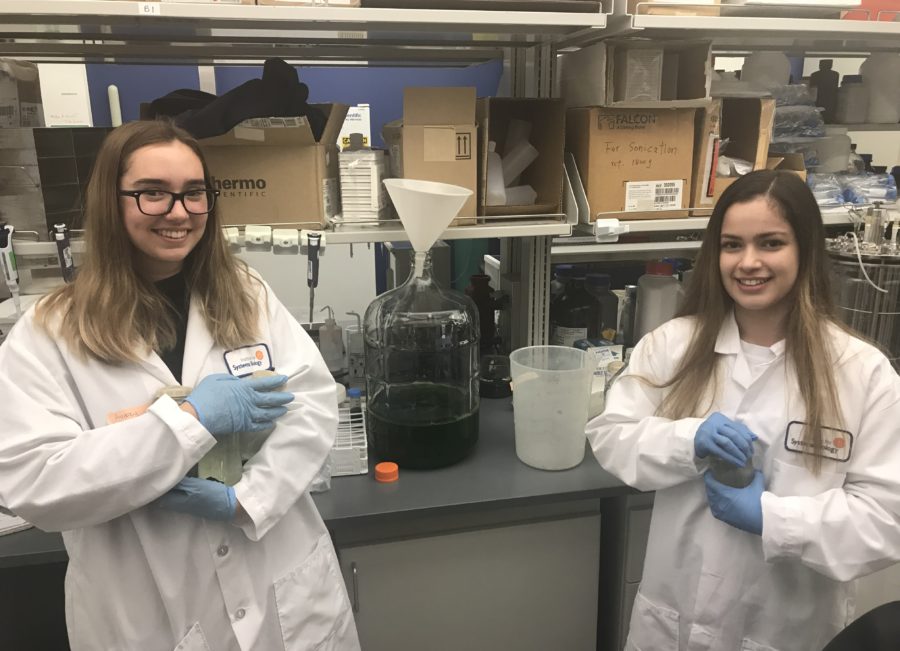
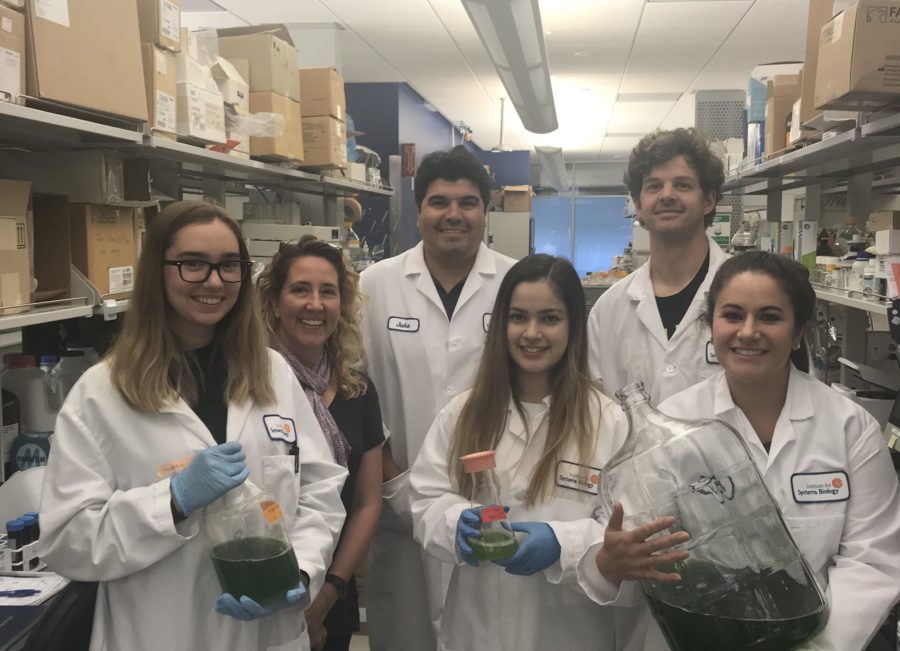 The Chlamy team and Claudia!
The Chlamy team and Claudia!
Background
Currently, one of the biggest environmental issues we are facing is climate change. The combustion of fossil fuels has rapidly increased the concentration of the greenhouse gas, (CO2) in the atmosphere. Unchecked use of fossil fuel consumption has adverse effects on the environment, but they are also a finite resource. To combat the issues presented by fossil fuels, researchers have turned to algal biofuels. Algae accumulate oil that can be extracted and converted to fuel. Production of bio-oil can be carbon neutral, harmless to the environment, grown fast and is renewable.
Our Projects this Summer
This summer our team focused on three main projects in regards to manipulating green algae. First, we worked with high school teachers to test laboratory activities assessing how the environment influences phenotype. We did this by growing algae in different light conditions and comparing their growth rates and physical appearance, i.e., phenotype. In addition, we researched, wrote and executed an electroporation protocol in Chlamydomonas reinhardtii. We also grew large quantities of algal biomass to test scaling effects of biofuel generation. Thought this summer internship, we learned a lot of new skills and lab techniques such as: how to do our own custom codes in R. for the data we collected, how to write our own protocol, how to inoculate algae, make media, and how to streak plates. We also learned how to use machines like a centrifuge, a nanodrop, and an incubator. Two very useful skills we were taught that we used throughout the entire internship are how to properly use a pipette and how to read scientific journals.
Genotype to Phenotype
This summer, we conducted the same experiment twice to evaluate how the environment affects the phenotype i.e., growth rate of Chlamydomonas reinhardtii. We did this by creating a light intensity gradient, each condition received either 300 uE, 150 uE, 25 uE and 0 uE (i.e., no light). Both experiments had two replicates for each intensity of light resulting in 4 total replicates. To test and see growth we used qualitative and quantitative data. For qualitative data, we could see the color (phenotype) of each tube and inferred if the cells were growing. For quantitative data, we used an AquaPen (photosynthesis measuring device) to measure the Optical Density at 680 and 720, Quantum Yield, and cell counts. We calculated growth rate from cell counts of each light condition and calculated the carrying capacity for each flask. Once we had all our quantitative data we analyzed and visualized the results using a custom code in R.
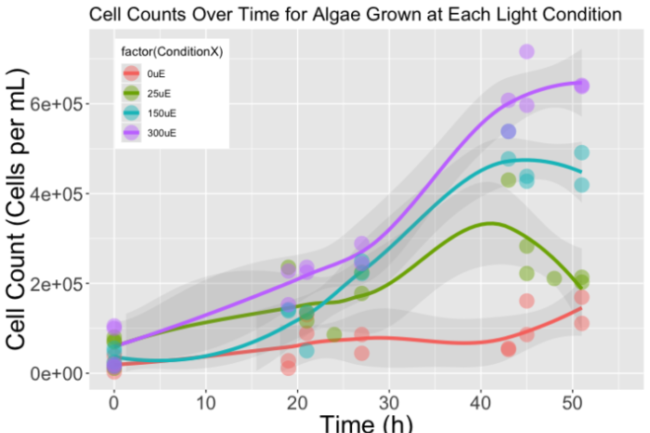 Figure 1. Increasing cell density over time for all replicates and light conditions
Figure 1. Increasing cell density over time for all replicates and light conditions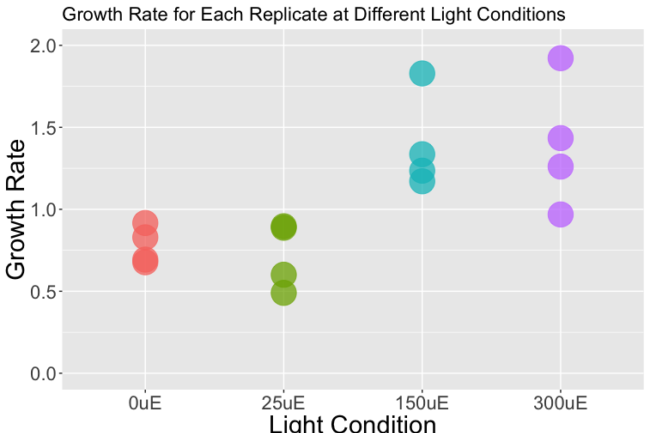 Figure 2. Growth rate for all replicates at each light condition
Figure 2. Growth rate for all replicates at each light condition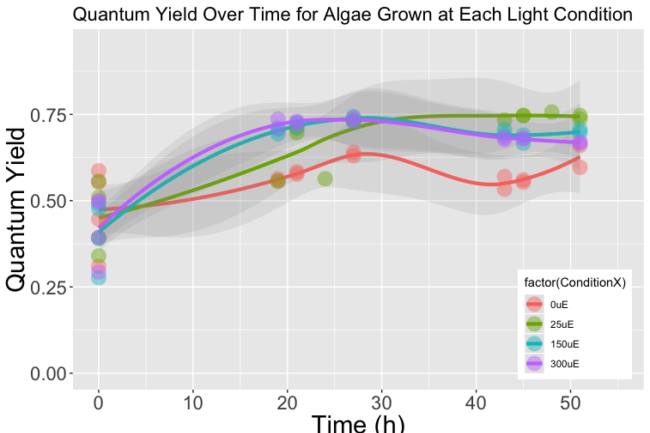 Figure 3. Quantum Yield Over time for each light condition
Figure 3. Quantum Yield Over time for each light condition
Electroporation of Chlamydomonas reinhardtii
CRISPR/Cas9 is a defense mechanism in many bacterial cells that scientists have been able to manipulate to successfully edit genes in other organisms. Electroporation is the process of applying an electrical field to cells, which temporarily creates pores in the cell membrane, allowing for DNA, chromosomes, drugs and other chemicals to be introduced into the cell. C. reinhardtii is a micro-eukaryote with a cell wall and lipid bilayer, they are inherently difficult to bioengineer relative to other systems like E. coli or mammalian cells.
Our goal was to create a protocol using electroporation to successfully insert a selection vector and a Cas9 + sgRNA ribonucleoprotein (RNP) complex into C. reinhardtii. The overall goal of creating this protocol was to eventually edit their genes to attempt to make them produce more biofuel.

Growth and Collection of Biofuel
In this experiment, we grew C. reinhardtii in a 10L bioreactor and tested its Optical Density (OD), Quantum Yield (QY) and the cell counts. The purpose of this experiment was to grow enough algae to collect biofuel in order to demonstrate the paradigm of scaling up. As shown in the pictures above, this gives us a model to see how much algae needs to be grown in order to produce a small amount of biofuel. The main challenge to switching over to biofuels is that since it takes a lot of algae to extract a small amount of biofuel, the amount you have to grow to get enough fuel is very high, especially if you want to eventually power something like a truck.
